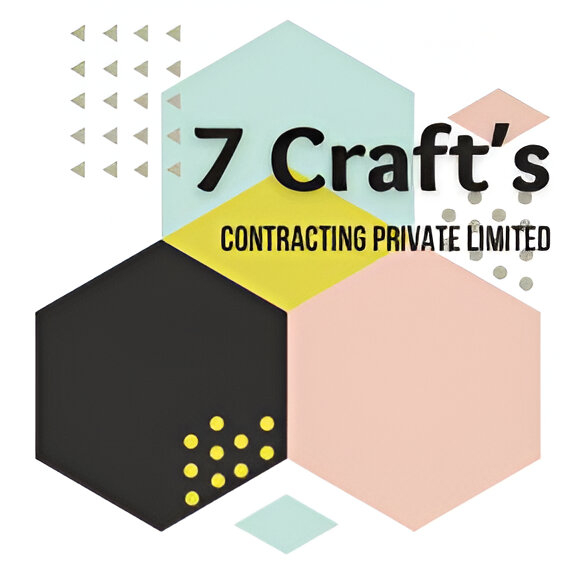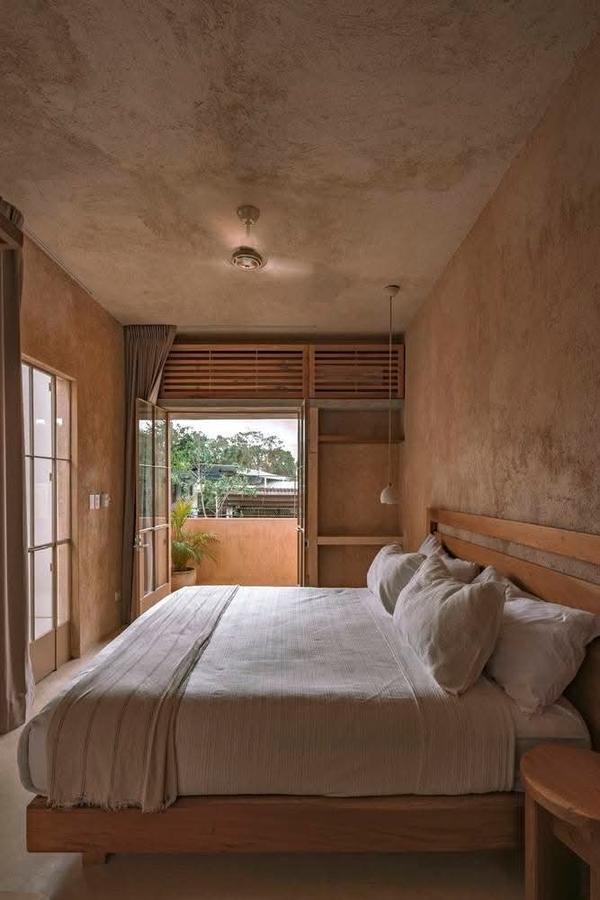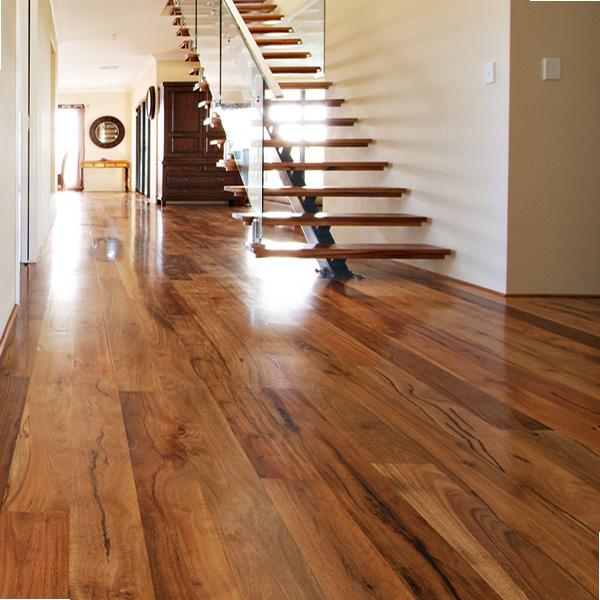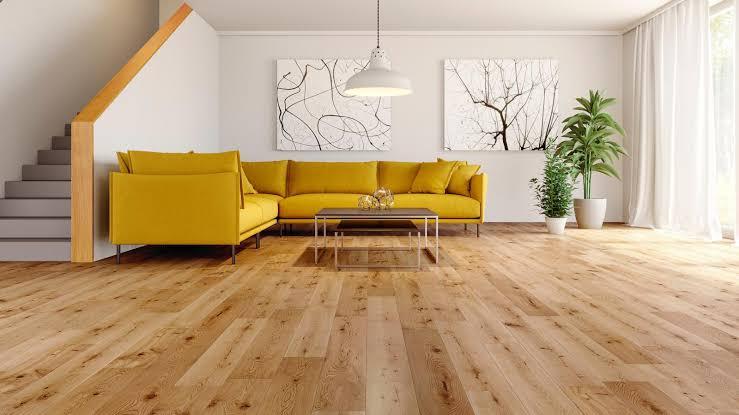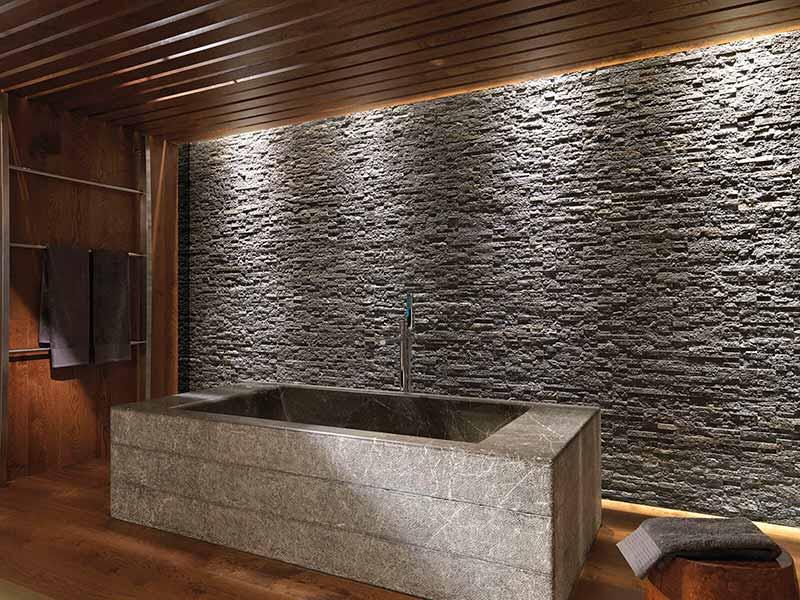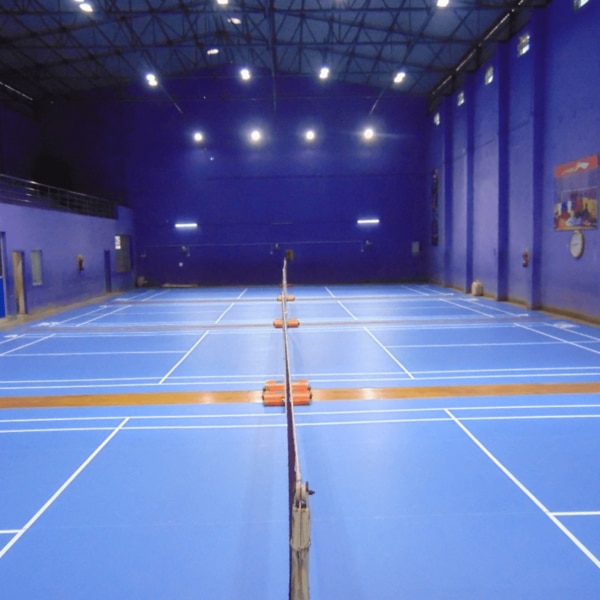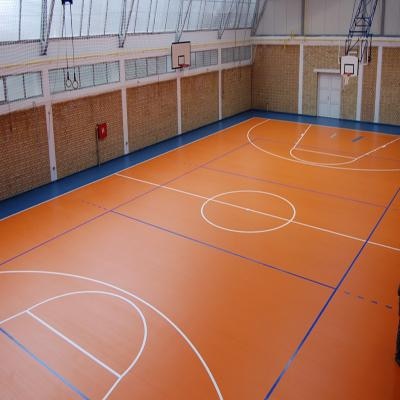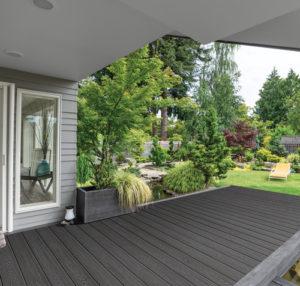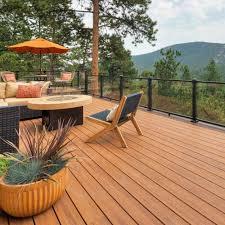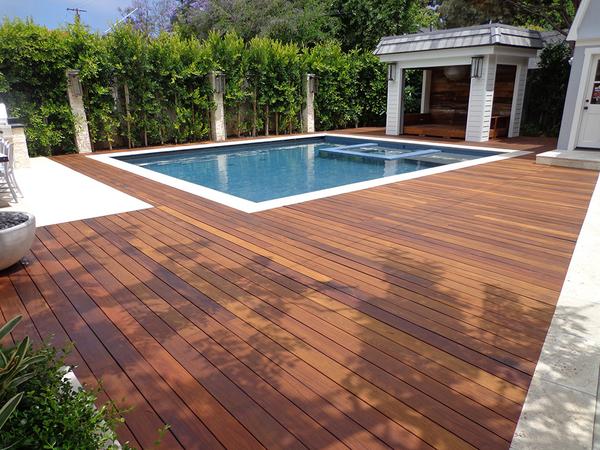Clay plaster is a natural building material made primarily from clay, sand, and water, often with the addition of plant fibers for strength. It's a traditional material used for wall and ceiling finishes, valued for its breathability, moisture-regulating properties, and ability to create a healthy indoor environment. Clay plaster is also known for its aesthetic appeal and can be used in both interior and exterior applications. Here's a more detailed look at clay plaster: Key Characteristics: Natural and Eco-friendly: Clay plaster is made from readily available, natural materials, minimizing its environmental impact. Breathable and Moisture-Regulating: Clay plaster allows walls to breathe, absorbing excess moisture from the air and releasing it when the air is dry, helping to maintain a comfortable and healthy indoor environment. Temperature Regulation: Clay plaster can help regulate temperature by absorbing and releasing heat. Aesthetic Appeal: Clay plaster offers a natural, earthy aesthetic and can be customized with different colors and textures. Durability: While not as hard as some other plasters, clay plaster is surprisingly durable and can be easily repaired if damaged. Versatile: Clay plaster can be used on various substrates, including brick, cob, straw bale, and other common construction materials. Composition and Application: Basic Ingredients: Clay, sand, and water are the core components. Fibers: Plant fibers like straw or hemp are often added to increase the plaster's tensile strength and prevent cracking. Pigments: Natural pigments like ochres and oxides can be added for color. Application: Clay plaster can be applied in multiple layers, with a base coat for strength and a top coat for a smooth finish. Finishing: Various tools like steel floats, wooden floats, and plastic trowels can be used for application and finishing. Benefits of Clay Plaster: Improved Indoor Air Quality: Clay plaster's breathability helps regulate humidity and reduce the risk of mold and mildew. Comfortable Living Environment: Clay plaster can help create a more comfortable and healthy living space due to its temperature and moisture-regulating properties. Reduced Environmental Impact: Clay plaster is a sustainable building material with a low environmental footprint. Aesthetic Variety: Clay plaster can be customized with different colors and textures, allowing for unique and creative designs. Considerations: Not as hard as other plasters: Clay plaster is softer and may not be suitable for high-traffic areas or areas prone to impact. Repair and maintenance: While easy to repair, clay plaster may require more frequent touch-ups compared to harder plasters. Moisture control: Proper application and substrate preparation are essential to ensure the plaster performs well in humid environments.
Send Message